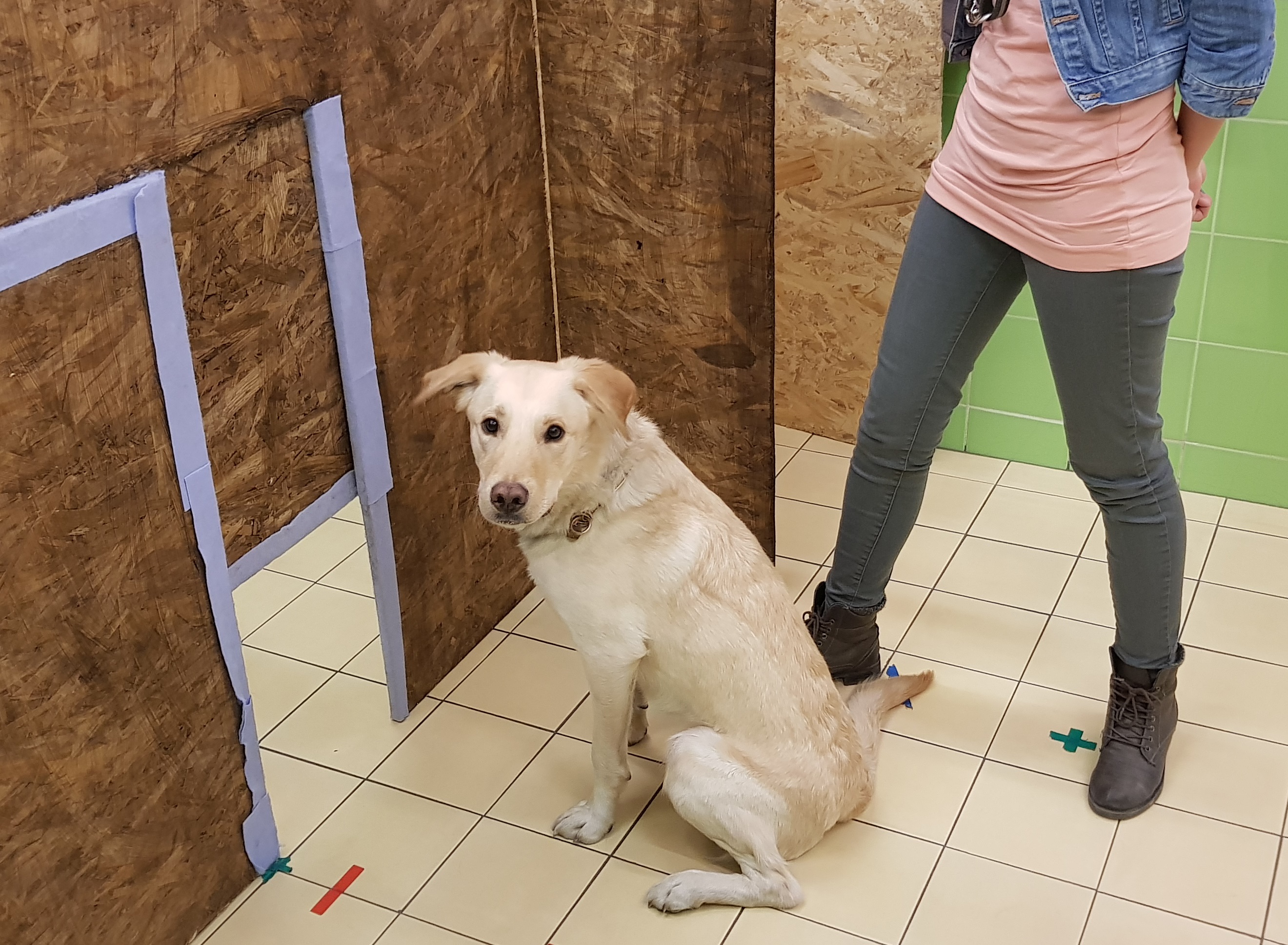Self-representation is the mental capacity of forming and using a model of the self – it is a term often used as the synonym of self-recognition. In humans, this is a well-studied, complex phenomenon that can be detected from the early infanthood. When it comes about self-recognition in animals, most of us readily refers to the well-known ‘mirror-mark’ test, by recalling the classic image of the chimpanzee in front of a mirror, touching the painted spot on its forehead. The mirror mark test became an almost obligatory method in testing non-human self-representation, thus the whole concept of self-representation means an ‘all or nothing’ capacity for many of the scientists. When a species ‘passes’ the mirror mark test, it is considered as capable of self-representation, but if the mirror mark test fails, the quest for representing the self usually stops in that species.
We shall not forget however that just like in the case of any other cognitive trait, the evolution of self-representation in a species is under the constraints of natural selection, therefore we should formulate ecologically sound hypotheses about its emergence. At the Department of Ethology in the Eötvös Loránd University PhD student Rita Lenkei and her supervisor, Péter Pongrácz investigate self-representation in dogs from the modular approach, assuming that particular components of this complex cognitive trait evolved in a given species as a result of specific needs of adaptation. For example, as dogs are a large-bodied mammal with excellent cognitive abilities, moving in a complex physical environment, it is reasonable to predict that we would find them capable of body awareness. Body awareness is a form of mental modeling of the self, containing such information as the own size, which may significantly influence the interactions of an organism with its environment.
In children, body size awareness is often tested with the ‘getting through the door’ paradigm, which was adapted to the dogs by the Hungarian scientists. They hypothesized that if dogs are aware of their own size, they would decide whether they are likely able to go through a door or not before they would actually reach the opening. This would result a slower approach and the lack of passing-through attempts in case of ‘too small’ doors.
Companion dogs were tested in a room that was divided to two compartments by a barrier. An adjustable opening provided access from one compartment to the other, and the height and width of the opening was set based on the actual size of each test subject. Dogs had to get through the opening when their owner (or the experimenter, depending on the actual test) called them. Most importantly, dogs were unfamiliar with the type and exact size of the opening, and they did not have opportunity for extended learning about the opening sizes. Therefore, their response about how quickly or hesitantly approach the opening, was mostly depending on the dogs’ initial decision whether the given opening was or was not suitable for entering the other compartment. According to the hypothesis, this decision making would be based on the subjects’ awareness of their own size.

The results convincingly showed that dogs discriminate between the ‘still large enough’ and ‘just too small’ doors well before they reach them. As dogs met with only one door per test trial, their decision was not simply based on the ‘choose the larger door’ principle. And because both the environment and the actual openings were unknown for the dogs, their responses were less likely mediated by their recent experiences.
The above mentioned study of Péter Pongrácz, Rita Lenkei and their colleagues from the Department of Ethology (Eötvös Loránd University) was published in Animal Cognition. These are the first empirical results about body size awareness in dogs, signifying the modular structure of self-representation. This finding underlines the importance of ecologically valid research approaches in cognitive ethology, as for example dogs do not perform well in visual self-representation tests. However, other elements of representing the self, such as body awareness, could independently develop in dogs as well.

Comments0
Please log in to see or add a comment
Suggested Articles


